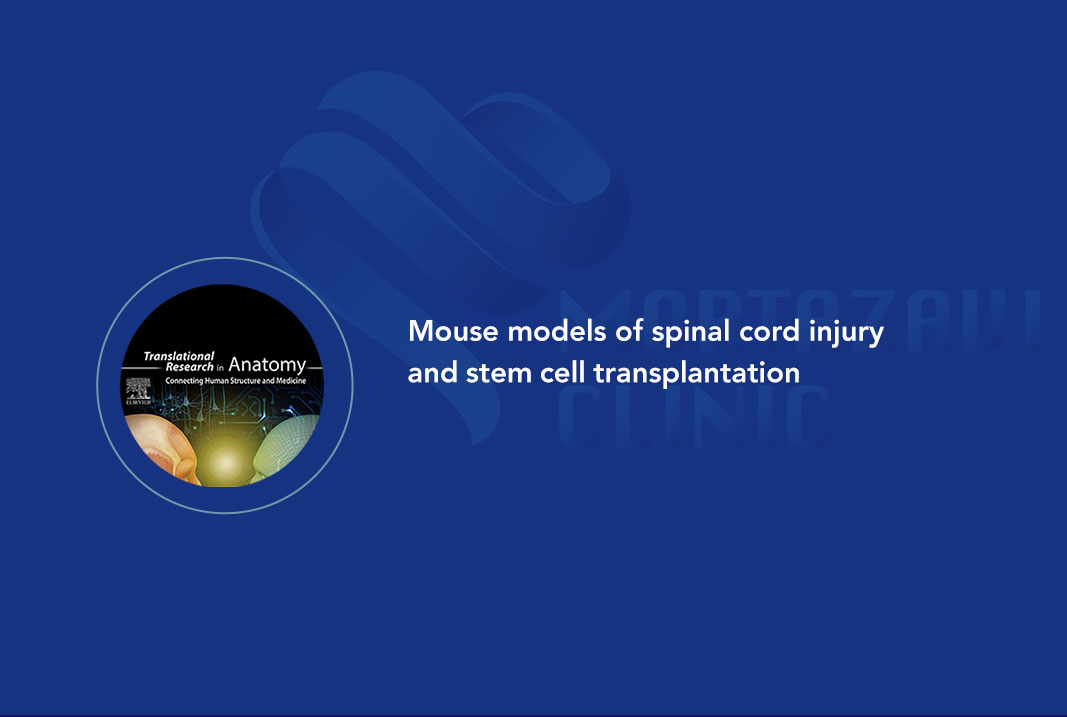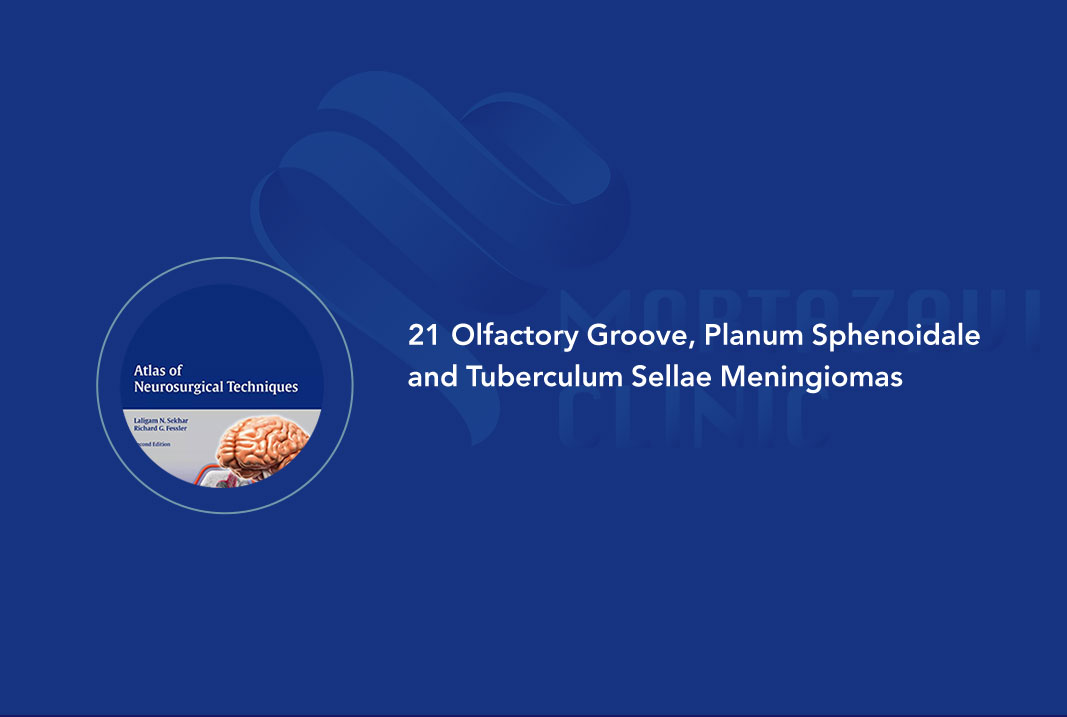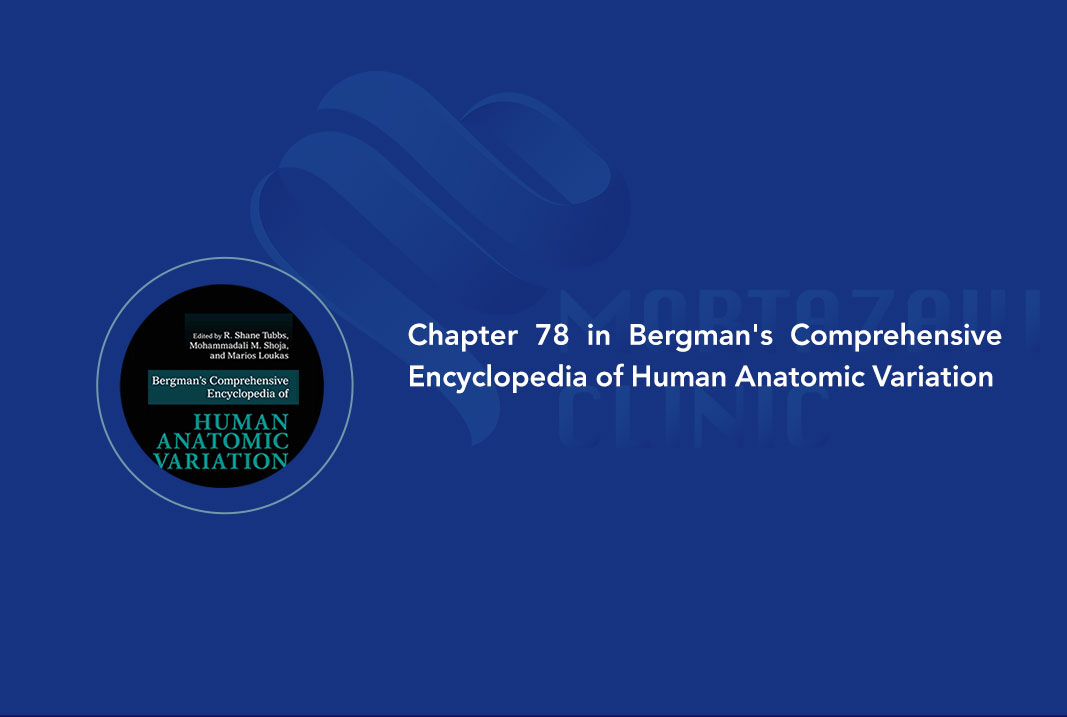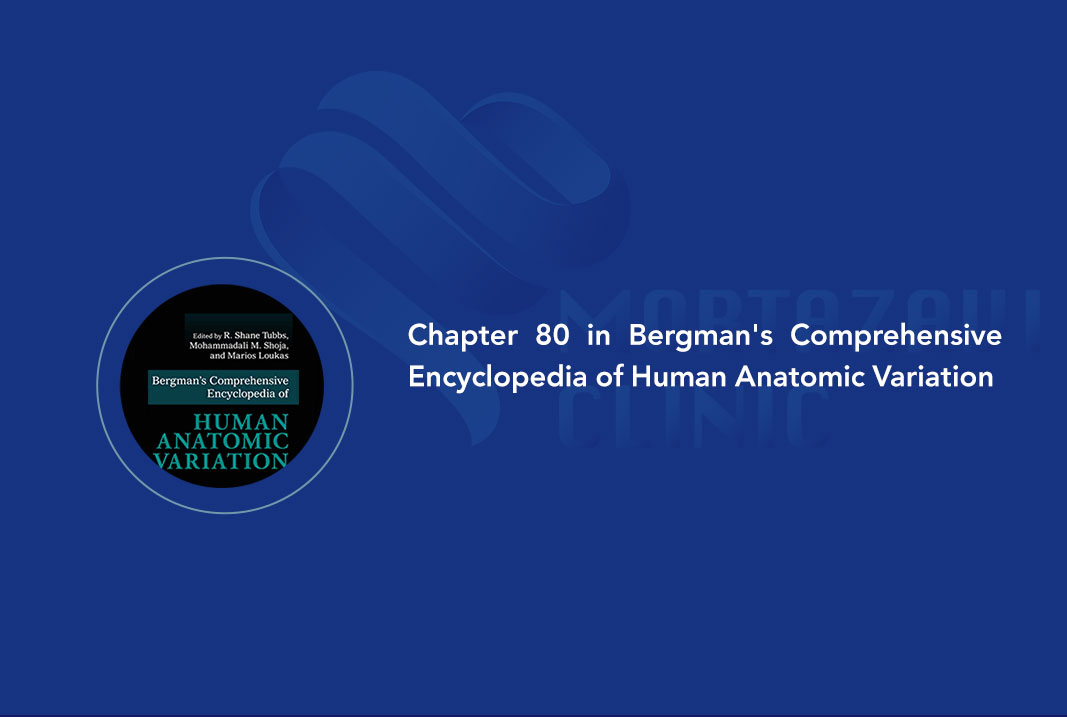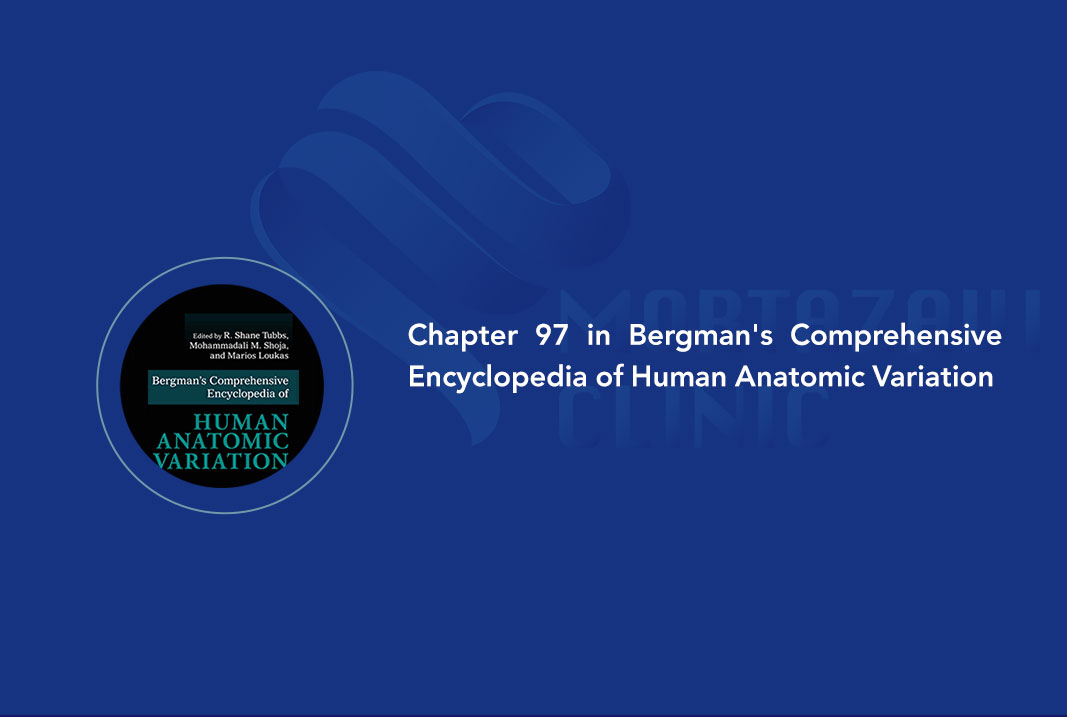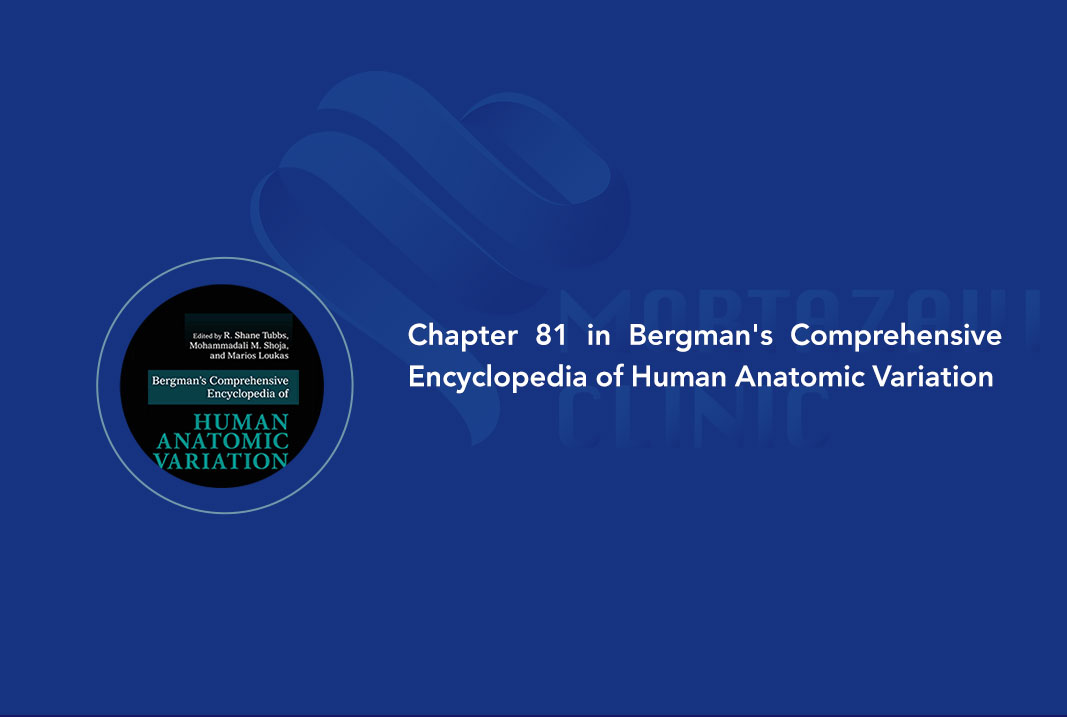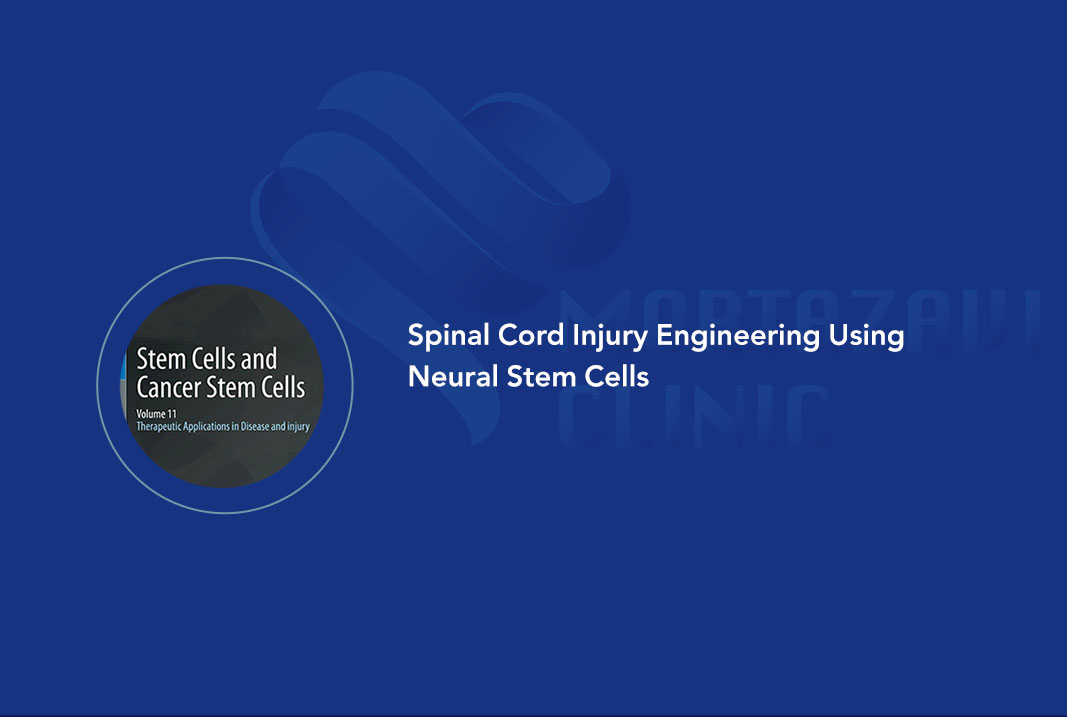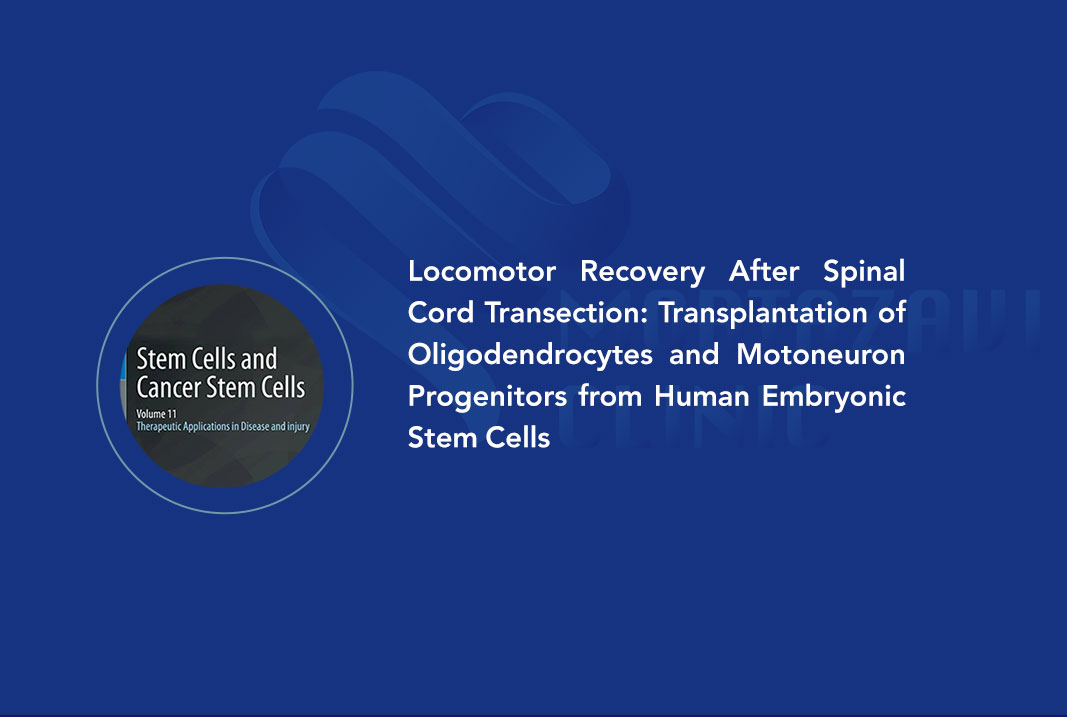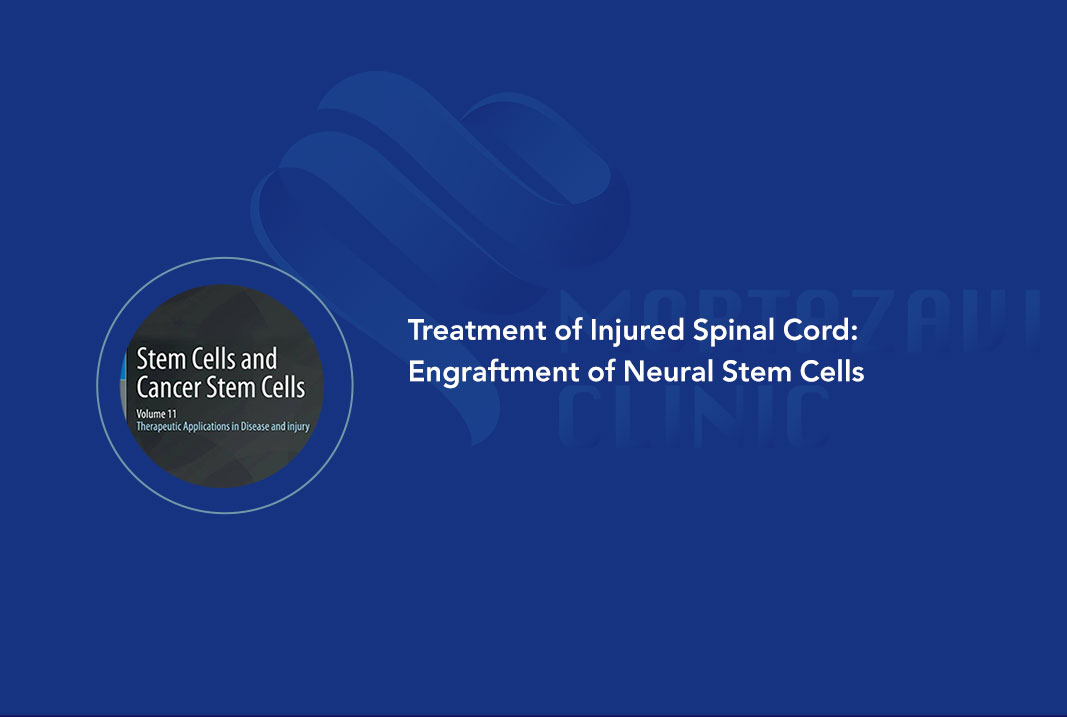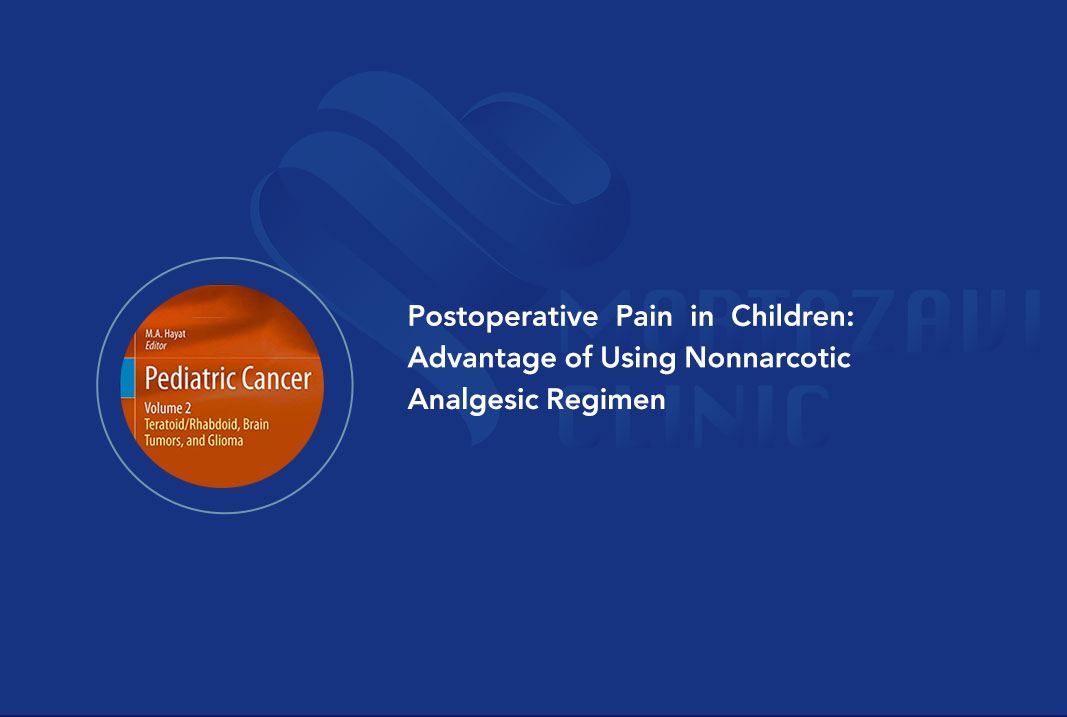Books
Pediatric Brain Tumor Biopsy or Resection: Use of Postoperative Nonnarcotic Analgesic Medication
Abstract Introduction: Recent reports have shown the efficacy in using scheduled non-narcotic analgesic regimens following cranial and spine neurosurgery. Methods: We review our experience and the literature regarding the use of scheduled doses of alternating acetaminophen and ibuprofen following craniotomy for tumor biopsy or resection. Results: From our institutional experience with 51 children, postoperative imaging identified nine patients (17.67%) had routine, post-operative blood in the resection cavity per both radiology and neurosurgical review. One patient had moderate postoperative bleeding in the tumor cavity (1.9%). No patient was symptomatic and no patient required a return to the operating room. Twenty-eight patients required postoperative morphine for breakthrough pain (54.9%), 21 of which received less than three doses (75.0%). Overall, 44 of 51 patients (86.3%) required no or minimal narcotic medication for pain. A literature review supports these observations. Conclusions: A scheduled regimen of non-steroidal anti-inflammatory drugs given in alternating doses immediately after craniotomy for tumor biopsy or resection and throughout hospitalization does not appear to result in any significant post-operative hemorrhage. It appears that such a regimen may lessen the need for postoperative narcotics, as opioid use following surgery was minimal in 86% of our patients. to view the full book, check the link below: https://link.springer.com/chapter/10.1007%2F978-94-007-2957-5_17
Mouse models of spinal cord injury and stem cell transplantation
Abstract Spinal cord injury is one of the most devastating neurologic conditions that mostly affects young, and otherwise healthy, patients. Following the primary phase of injury, deleterious secondary inflammation and vascular disruption lead to a more sustained and permanent damage. Over the years, various animal models of spinal cord injury have been developed to help understand the mechanism and the pathophysiology of injury, and to develop reliable treatment strategies. These animal models, especially for the mouse, have also become the target of stem cell therapy, which aims to replace the lost cellular element at the site of injury. In this review, we will discuss the different types of mouse models of spinal cord injury, and elaborate on the therapeutic use of stem cells transplantation. to view the full book, check the link below: https://www.sciencedirect.com/science/article/pii/S2214854X15300030
13 Microsurgical Removal of Intraventricular Tumors
to view the full book, check the link below: https://www.thieme-connect.de/products/ebooks/lookinside/10.1055/b-0036-129884
21 Olfactory Groove, Planum Sphenoidale, and Tuberculum Sellae Meningiomas
to view the full book, check the link below: https://www.thieme-connect.de/products/ebooks/lookinside/10.1055/b-0036-129892
Chapter 78 in Bergman's Comprehensive Encyclopedia of Human Anatomic Variation
Summary The ventricular system of the brain consists of four freely communicable, cerebrospinal fluid (CSF) -filled cavities: the two lateral ventricles, the third ventricle, and the fourth ventricle. This chapter discusses the size and shape of the cerebral ventricles. Using the ventricular cast method, the lengths of left and right lateral ventricles fell within the range 7.5-8.1 cm. The body of the lateral ventricles has almost rectangular shape. The occipital horn (OH) is the most inconsistent part of the lateral ventricles. The mean width of the third ventricle fell within the range 0.39-0.92 cm. The width of the fourth ventricle was within the range 1.02-1.64 cm. The width of the foramen of Magendie ranges from 5-8 mm. The distance between the anterior inferior cerebellar artery (AICA) and the foramina of Luschka ranges from 1.4 to 10 mm on the left side and from 1.2 to 8.8 mm on the right. to view the full book, check the link below: https://onlinelibrary.wiley.com/doi/10.1002/9781118430309.ch78
Chapter 80 in Bergman's Comprehensive Encyclopedia of Human Anatomic Variation
Summary Variations the size of the subarachnoid space have been revealed by ultrasonographic (US) measurements mainly in neonates, infants, and children computed tomography (CT) and MR studies have also been conducted. The subarachnoid space dimensions measured between the arachnoid and the pia on the anterior and posterior sagittal diameters and the right and left transverse diameters are symmetrical between the right and left sides. Variable arachnoid trabeculae that differ in their strength and density are also seen in other subarachnoid cisterns and else-where in the subarachnoid space. The arachnoid membranes vary greatly in appearance and configuration. The superior margin of the posterior communicating membrane (PCM) can be free or joined to the anterior choroidal membrane or the inferior aspect of the diencephalon by arachnoid trabeculae. The subarachnoid space displaces fascicles of the facial nerve and portions of the geniculate ganglion by dissecting between the perineural membrane covering these neural structures. to view the full book, check the link below: https://onlinelibrary.wiley.com/doi/10.1002/9781118430309.ch80
Chapter 97 in Bergman's Comprehensive Encyclopedia of Human Anatomic Variation
Summary The purpose of this chapter is to describe anatomical variations of the ear. Hunter and Yotsuyanagi divided the anomalies of external ear into three grades of dysplasia. Depending on severity, aural atresia can involve the tympanic membranes, middle ear ossicles, mastoid cells, and cochlea. Narrowing of the internal auditory canal coexists with anomalies of the external middle and inner ear. Duplication of the internal auditory canal mostly occurs unilaterally, but bilateral occurrences have been reported. The two most common facial nerve anatomical variations encountered in the middle ear are displacement of the facial nerve and absence of the bony sheath due to dehiscence or absence of the fallopian canal. Anomalies of the Eustachian tube (ET) are not common and mostly occur as part of a syndrome complex. There are various classifications to describe inner ear malformations. The chapter finally discusses variations of the vestibular and cochlear aqueduct. to view the full book, check the link below: https://onlinelibrary.wiley.com/doi/10.1002/9781118430309.ch97
Chapter 81 in Bergman's Comprehensive Encyclopedia of Human Anatomic Variation
Summary This chapter discusses anatomical variations of human meninges, including dura mater, arachnoid mater, and pia mater. Anatomical variations in the main dural sheath are extremely rare. Frequent and marked variation in the height of the falx cerebri has been reported at three levels of measurement: line A, between the tuberculum sellae and bregma; line B, from the tuberculum sellae and the internal surface of the skull forming an angle of 30° posterior to line A; and line C, between the tuberculum sellae and the internal surface of the skull along a line crossing the proximal end of the vein of Galen. Variations in the size and shape of the diaphragma sellae and its foramen are not uncommon. The presence of arachnoid granulations (AG) is considered a normal anatomical variation. The numbers of denticulate ligaments (DL) on each side of the spinal cord vary between 18 and 22. to view the full book, check the link below: https://onlinelibrary.wiley.com/doi/10.1002/9781118430309.ch81
Spinal Cord Injury Engineering Using Neural Stem Cells
Abstract Overtime, various modalities of spinal cord injury (SCI) treatment have been trialed. Of these, the most attractive is the cellular transplantation of neural and mesenchymal stem cells. Extensive experimental studies have been done to identify the safety and effectiveness of their transplantation in animal and human models. In this chapter, the different sources, isolation and transplantation of these multipotent stem cells, and associated outcomes will be discussed. to view the full book, check the link below: https://link.springer.com/chapter/10.1007/978-94-007-7329-5_21
Locomotor Recovery After Spinal Cord Transection: Transplantation of Oligodendrocytes and Motoneuron Progenitors from Human Embryonic Stem Cells
Abstract During the last few years, human embryonic stem cells have begun to take a place in the stem cell therapy panorama, especially in respect to the nervous system. The extensive experimental research efforts have focused on translating in vitro cellular regeneration to in vivo transplantation and survival of the transplants, in order to improve clinical outcomes. For spinal cord injury recovery, two major types of cells are in focus: the oligodendrocytes and motor neurons. In this chapter, we will discuss the progressive development of the cellular generation protocols and the locomotor outcome of their transplantation at sites on spinal cord injury. The newly advanced method of motor neurons and oligodendrocytes generation form human induced pluripotent stem cells will be also discussed. to view the full book, check the link below: https://link.springer.com/chapter/10.1007/978-94-017-7233-4_5
Treatment of Injured Spinal Cord: Engraftment of Neural Stem Cells
Abstract Spinal cord injury is one of the main causes of disability in the young population. Based on the associated pathological changes, many modalities of treatments, including stem cells and non-stem cells transplantation have, been trialed with very promising results. The route of delivery and engraftment of these cellular transplants is an important determining factor in the functional outcome, and should be chosen as to be safe and efficacious on human patients. In this chapter we will discuss the pathology of spinal cord injury, the potential cellular therapy, and the routes of delivery. to view the full book, check the link below: https://link.springer.com/chapter/10.1007/978-94-007-7329-5_20
Postoperative Pain in Children: Advantage of Using Nonnarcotic Analgesic Regimen
Abstract Postoperative morphine is commonly used to control pain in children following neurosurgical procedures. We have previously reported our success in treating postoperative pain in children undergoing neurosurgical procedures including craniotomy. This cohort underwent a scheduled regimen of acetaminophen [10 mg/kg] and ibuprofen [10 mg/kg] alternating every 2 h. Pain scores were significantly lower in this group compared to a retrospective review of other same and similar procedures. Additionally, the length of hospital stay was shorter in these patients and antiemetic requirements were lower. Based on our experience, a regimen of minor analgesic therapy, given in alternating doses every 2 h immediately following craniotomy and throughout hospitalization, significantly reduces postoperative pain scores, hospitalization, and antiemetic requirements. to view the full book, check the link below: https://link.springer.com/chapter/10.1007%2F978-94-007-2957-5_20
Long-term control of large pontine arteriovenous malformation using gamma knife therapy: a review with illustrative case
Abstract Brain stem arteriovenous malformations (AVMs) are rare and their clinical management is controversial. A location in highly eloquent areas and a greater risk of radionecrosis are both serious issues for radiosurgery of this entity. We report a case of a pontine AVM treated successfully with gamma knife therapy. At 3 years angiographic follow-up, imaging demonstrated complete thrombosis and there were no new neurological deficits, and at 7 years clinical follow-up, the patient continued to be neurologically stable. Although all treatments carry risk of neurological compromise, gamma knife therapy may offer the best treatment option for brain stem AVMs as seen in the case presented herein. This case illustrates a rare case of holo-pontine AVM tolerating gamma radiation with complete angiographical response and minimal neurological sequalae. To read the full book, refer to the link below: https://onlinelibrary.wiley.com/doi/full/10.1002/brb3.149




